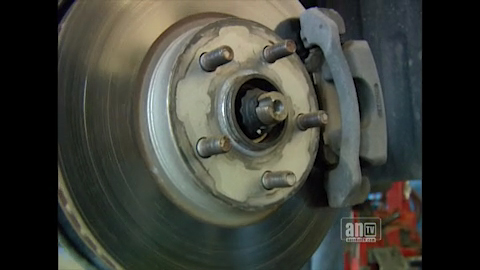Recently, Nissan introduced the latest version of its Leaf, the company’s electric car. It has many new features, including something called e-Pedal. It allows the driver to let up on the accelerator and, unlike a gasoline engine car, the Leaf doesn’t just slowly lose speed; letting off the throttle pedal brakes the car in a very controlled way, using regenerative and sometimes friction brakes. With practice, a driver can go for a fairly long time without touching the brake pedal.
Another system, similar to those found in self-driving vehicles, can steer the car to keep it in the center of the lane using a camera and radar. It literally watches the lane markers and, of course, doesn’t work well in snow that obliterates those markers. But the technology is impressive and can greatly reduce fatigue on long trips.
In fact, much of this technology has “trickled down” from research on autonomous vehicles, such as adaptive cruise control that slows down your vehicle (even to a stop) if the vehicle in front of you decelerates or stops. And we can expect these features will eventually find their way into all price levels of vehicles if the past is any indication.
There was a time anti-lock brakes were only found on premium vehicles; now they are on nearly all new vehicles. Traction and stability control are also prevalent, helping drivers reduce slippage and maintain control, thanks to computers.
With SUVs and trucks so popular, rear backup cameras help drivers see behind their tall back ends, reducing injuries, deaths and property damage. Bumper sensors and cameras allow drivers to be visually and aurally aware of their surroundings with 360° protection.
Many of these features improve our vehicle’s safety and efficiency, and we can expect new technologies to crop up in the future. But just like the mechanical systems in your vehicle, it’s important to maintain the electronic and computerized systems. Technicians at Autotronics of St. Peter constantly train to keep up on these latest developments. Make sure all your vehicle’s components are maintained in top condition.
Autotronics of St. Peter
111 Jefferson Avenue
St. Peter, MN 56082
507.934.9290
http://autotronicsstpeter.com
